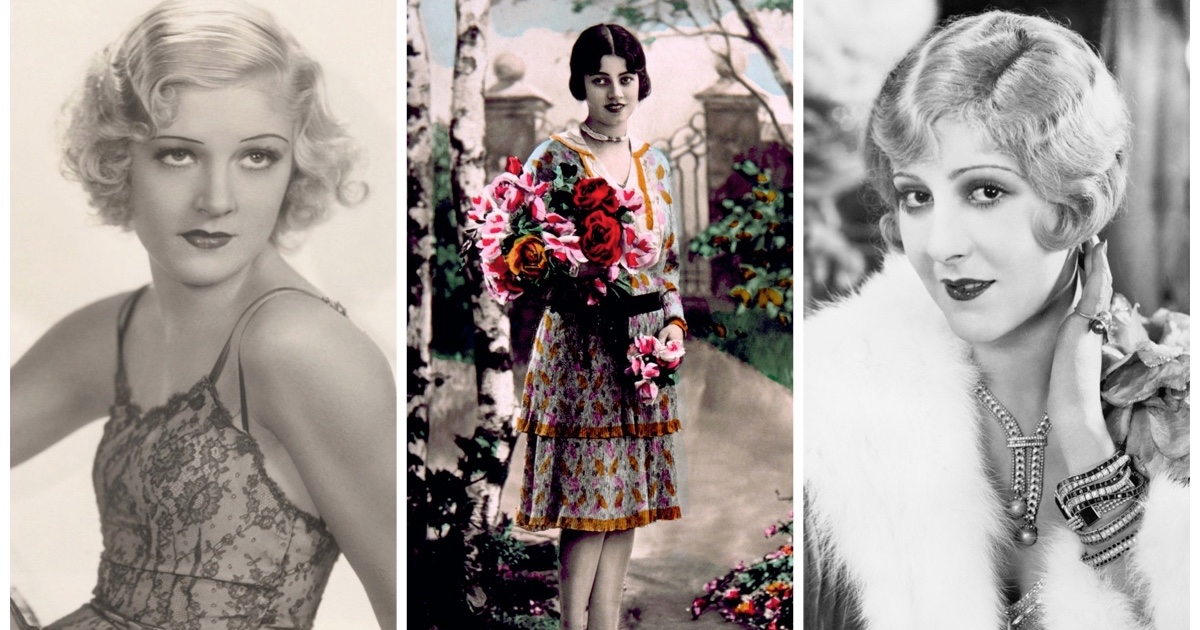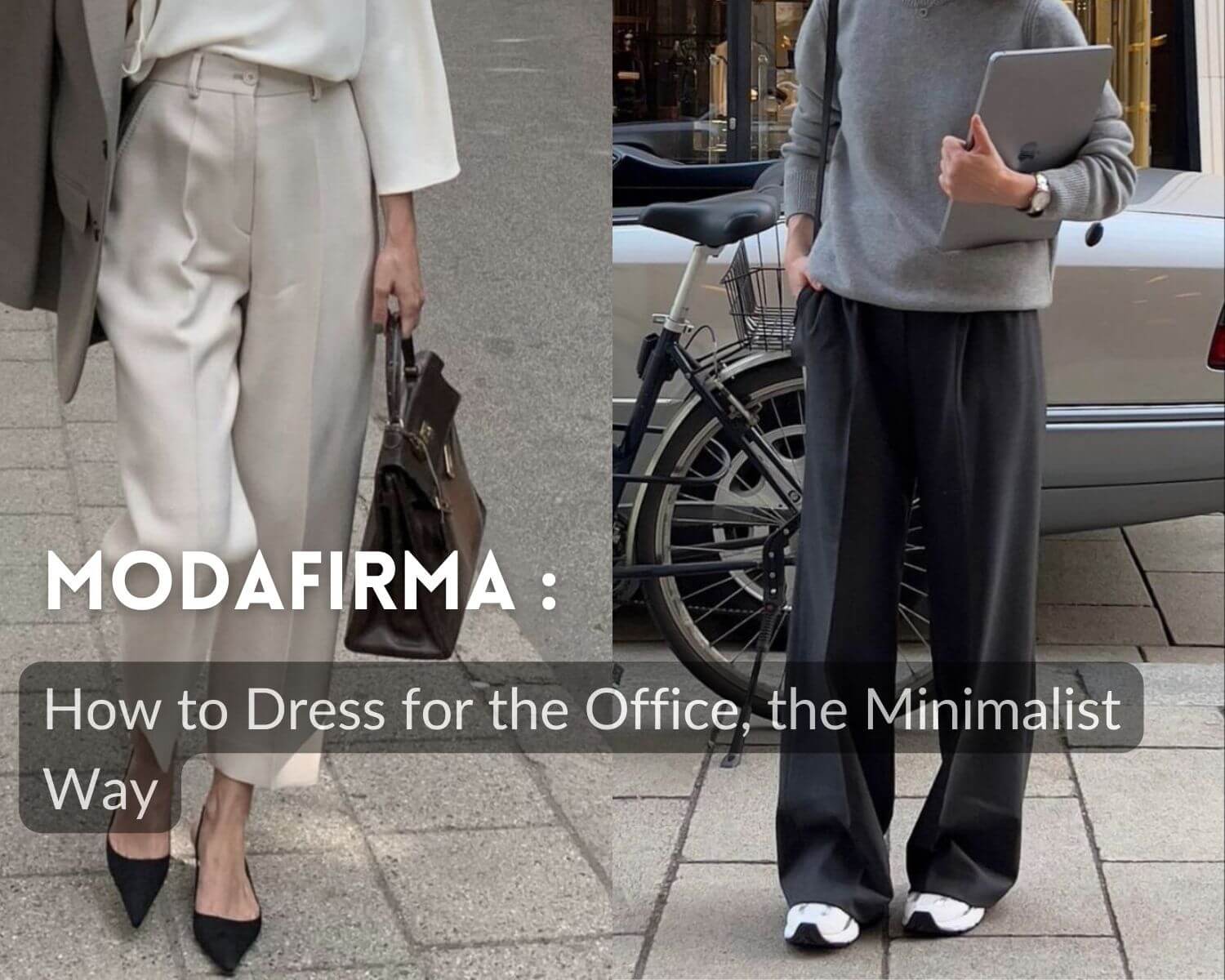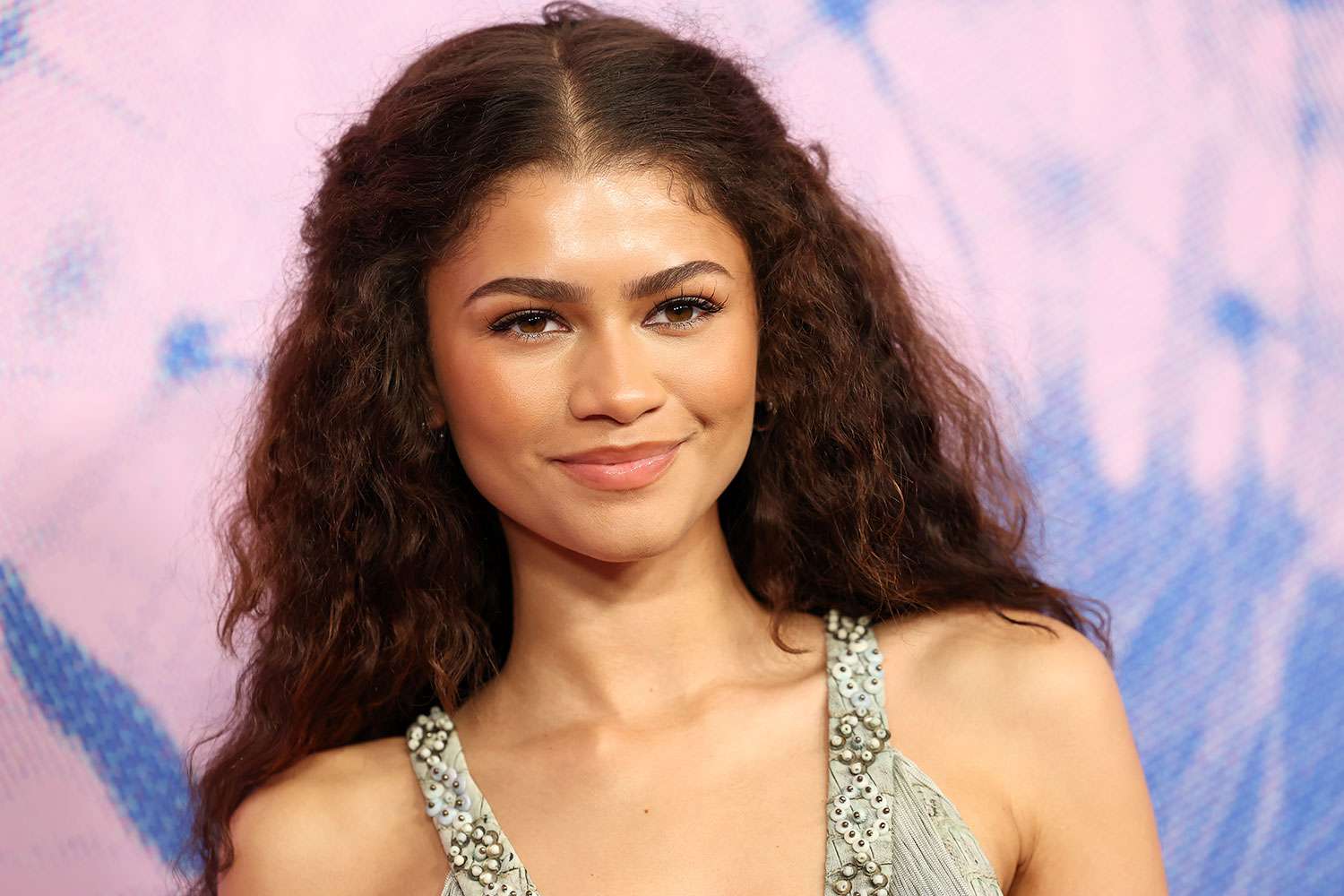Table of Contents
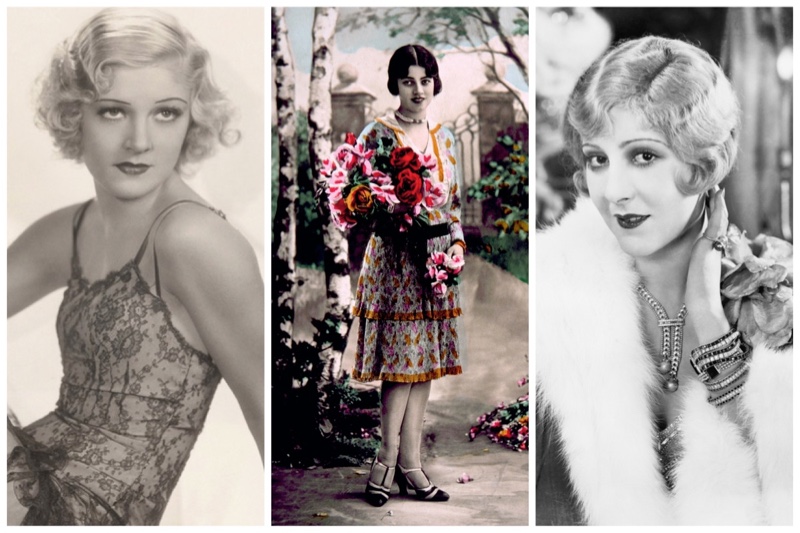
Many decades have seen major style transformations, yet 1920s fashion is most well-known for ushering in the modern era of dressing. Women began to dress for more comfort and wearability compared to previous eras. This would go beyond clothing to even hair.
With the women’s suffrage movement resulting in the 19th amendment being passed in the United States and giving women the right to vote, there was now new freedom for women both politically and in their wardrobes.
The aftermath of World War I brought a fashion revolution, as women’s expanded roles demanded functional attire. 1920s fashion was marked by the flapper style, characterized by drop-waist dresses, bobbed hairstyles, and an emphasis on freedom and rebellion. A booming economy also led to an increase in mass manufacturing and consumer spending.
1920s Women’s Fashion
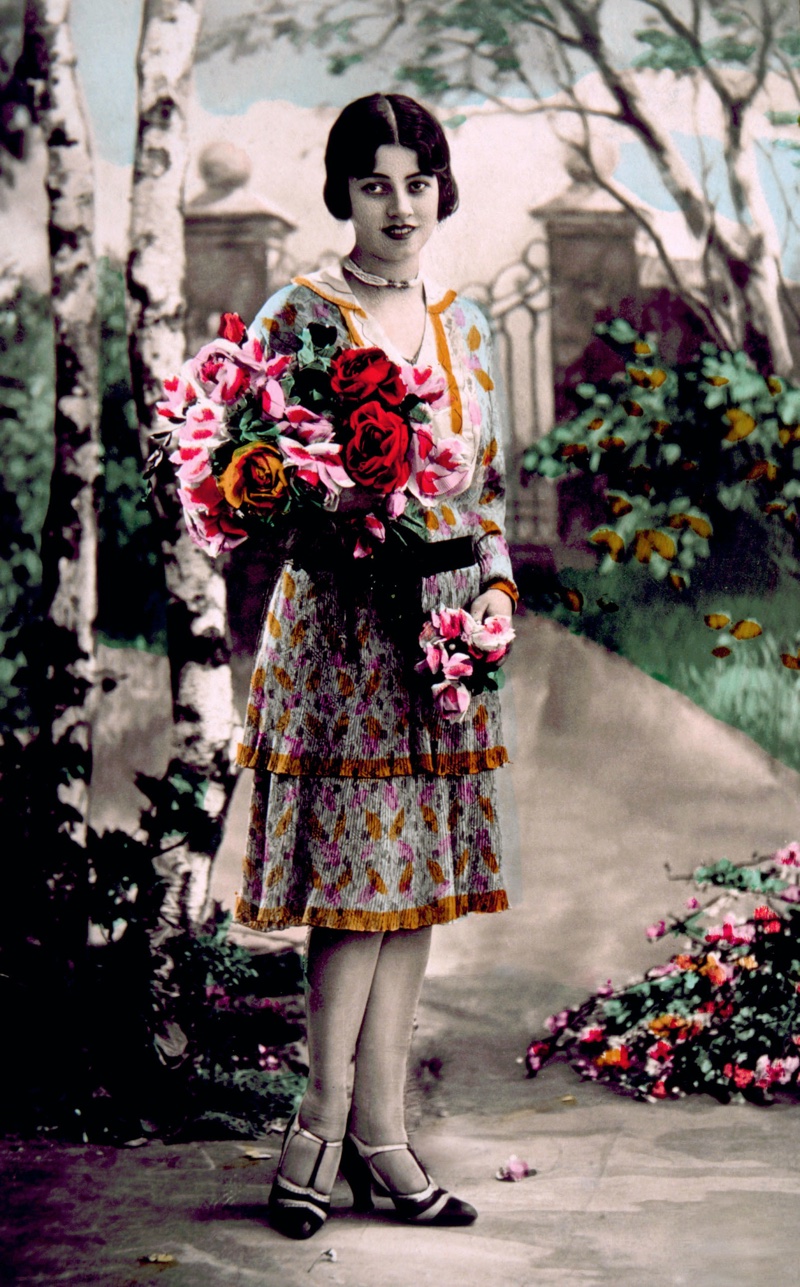
It saw the emergence of the new woman, a youthful, liberated figure who diverged from the prim and proper Victorian-era aesthetics. Initially, these styles were met with shock from the older generations.
However, as the decade advanced, society gradually embraced these innovative fashions, closing the cultural divide. Cultural movements like the Harlem Renaissance and Art Deco would converge music, art, and fashion. Literature like The Great Gatsby would become an icon of the decade.
The Flapper Dress
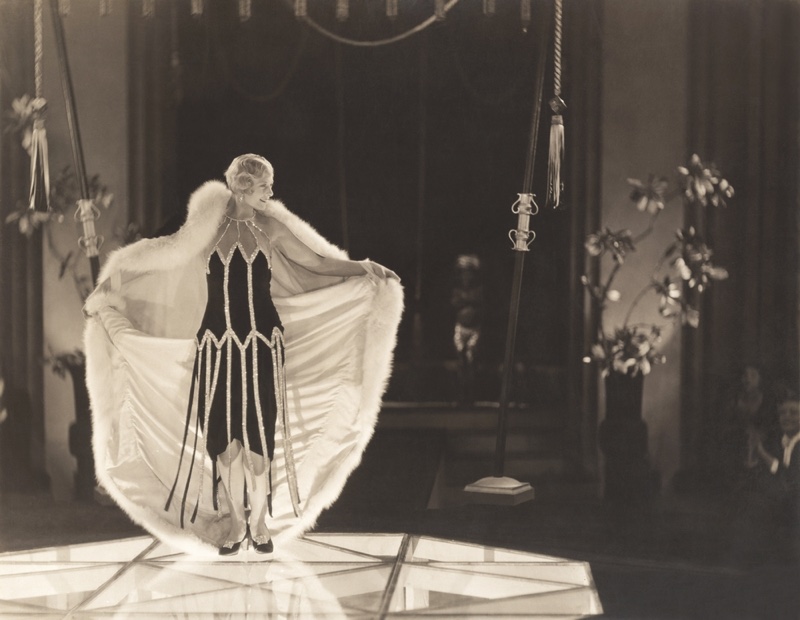
The decade also saw a change in silhouettes for women. The flapper dress was a fashion trend that featured long, knee-length skirts in a shift silhouette.
Gone were the constricting shapes of the Victorian era. Now a young woman called the flapper girl had emerged with a boyish haircut and a straight, loose, shift dress with waistlines at the hips.
Even though this may seem like an acceptable length today, such dresses were considered outrageously short at the time. Flapper dresses were named after Flappers.
These rebellious women in the ’20s would often drink, smoke, wear heavy makeup, and perform other acts that challenged social norms at the time.
Lingerie
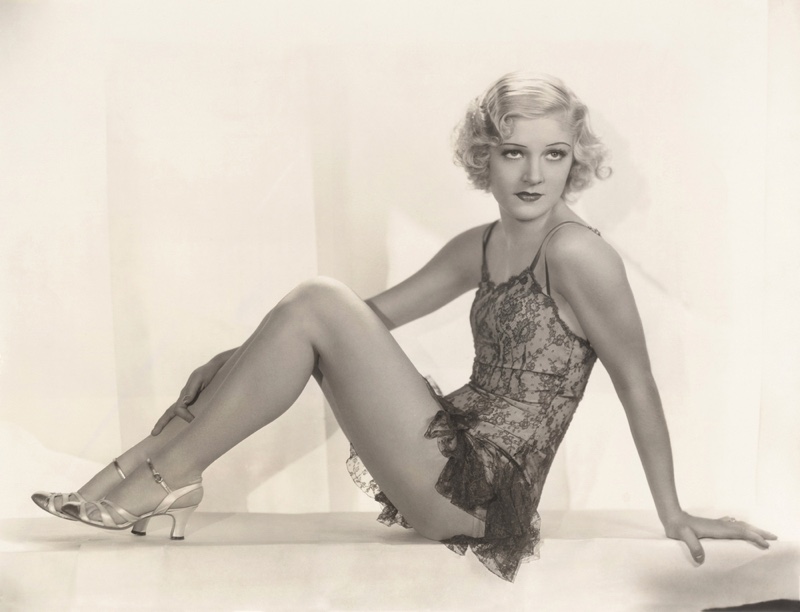
As with the short hairstyles, the 1920s gave women freedom with their undergarments, too. The chemise-as an all-in-one lingerie item became popularized.
And as hemlines rose, stockings were seen worn more often. The invention of the alternative silk rayon allowed women of all social statuses to afford pantyhose.
In the early 1900s, well-dressed women often wore up to ten pieces of lingerie. However, by the 1920s, most women simplified their undergarments to just two or three pieces. Chemises played a key role, either concealing corset seams or masking the absence of a corset entirely.
Swimwear
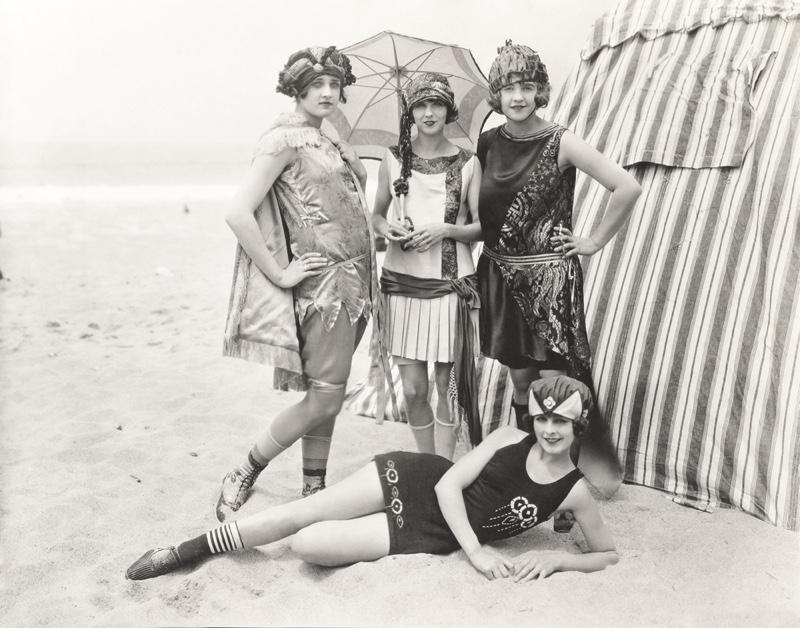
Wool one-pieces for swimwear were extremely popular in the 1920s. As swimming was a relatively new activity for many women, the main idea of swimwear at the time was warmth, resulting in wool designs. These were a departure from the bulky petticoats common in the early 1900s.
Jantzen’s bathing suit brand was known for its logo, which featured a diving girl in a snappy red ensemble. The image became famous worldwide during the twentieth century.
Swim caps were in fashion, as they prevented hairdos from being ruined. Aviator style swim caps were fashionable too, fitting snugly over both male and female heads.
Coats
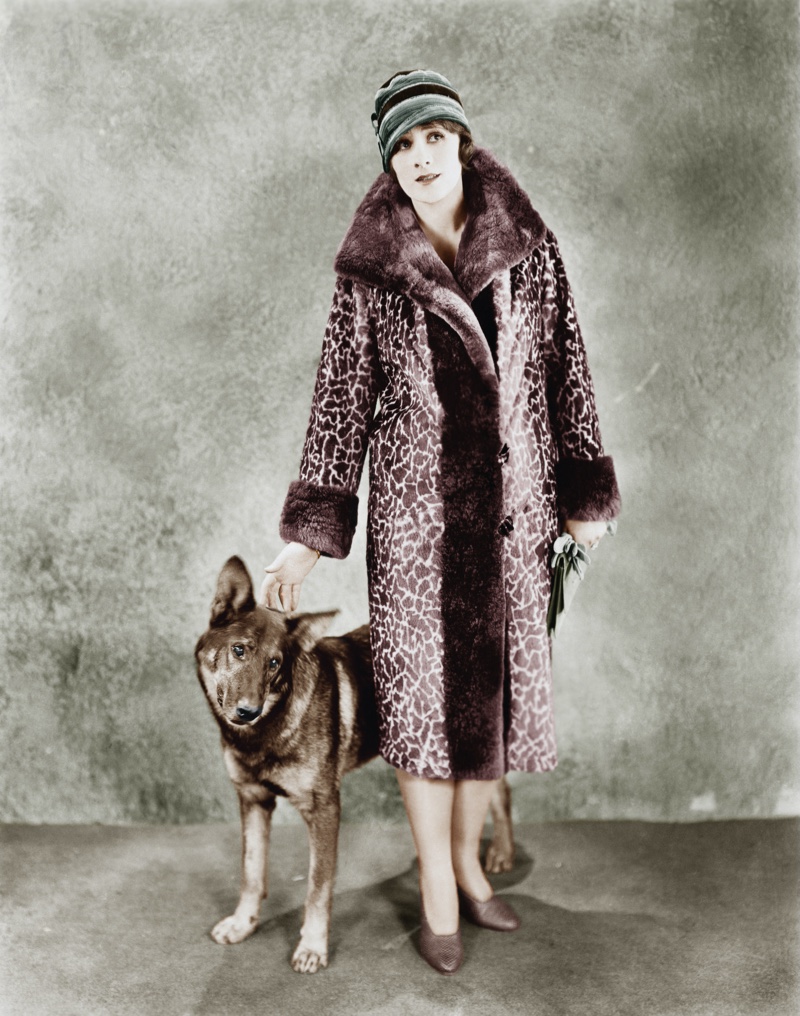
During the ’20s, women’s fashion included a variety of coat styles that were practical yet glamorous. In the colder months, long wool velour overcoats were on trend, characterized by their large collars, cuffs, buttons, and matching belts.
These coats, often in dark shades like blue, brown, grey, and green, featured removable fur collars for added warmth and luxury, making them practical for layering.
For the elite, full fur coats were sought after as symbols of social standing, though synthetic fur coats offered a more affordable alternative by 1929.
Women switched to lighter spring coats made of wool, flannel, or cotton knits when the weather warmed up. These coats were generally lighter and more fitted than their winter counterparts.
Cloche Hats
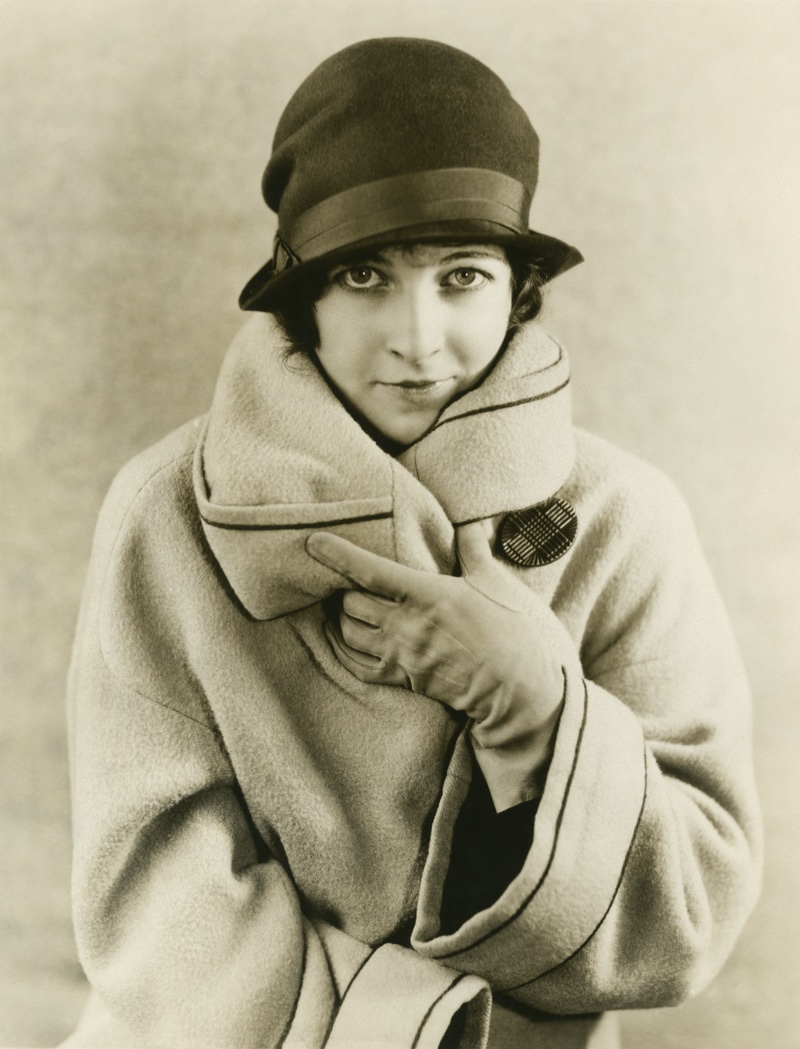
In the 1920s, hats and other headwear were incredibly popular, to the point where most women wouldn’t leave their homes without wearing a cap. This trend was largely influenced by the beauty standards of the era, which favored pale skin and short hairstyles.
Cloche hats were bell-shaped hats that came into fashion during the decade. They were usually made of felt and had a slim rim. Women often placed ribbons on their cloche hats to indicate their romantic status.
Fashion houses like Lanvin even opened their milliner ateliers to design hats. The cloche was often decorated with jewels, brooches, or scarves. Turning up the brim of the hat was also seen as fashionable.
Headbands
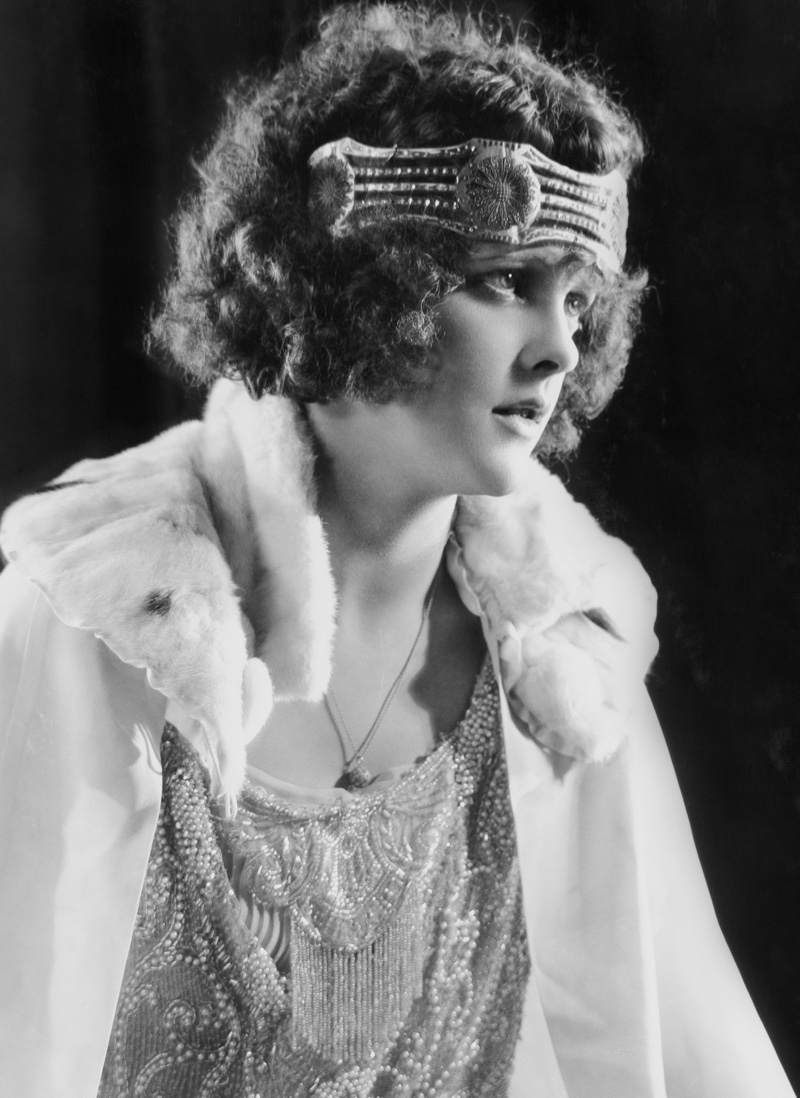
During the peak of the Jazz Age in the 1920s, headbands or bandeaus were all the rage. The headband was decorated with precious gems, metals, or even feathers and made the perfect flapper accessory.
A particularly popular type of headband is the wrap style, which features a single strand adorned with flowers, pearls, or various ornaments. This style has experienced a resurgence today, fueled by music festivals and boho fashion trends.
Jewelry
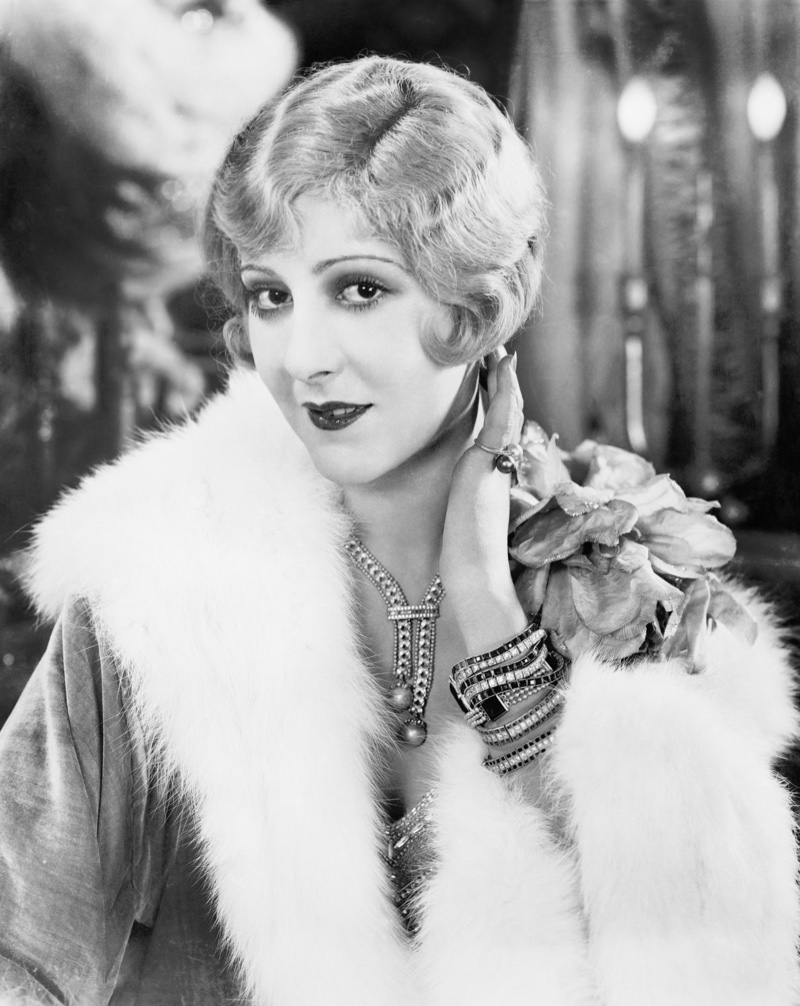
Jewelry became a key fashion accessory, allowing women to express their individuality more freely. Art Deco jewelry, defined by its rich colors and geometric shapes, emerged as a significant trend.
Additionally, as global awareness grew, there was a surge in interest in “exotic” jewelry featuring intricate designs made from materials like jade and turquoise.
During this era, the cost of materials for making jewelry decreased, leading to the rise of costume jewelry. Coco Chanel, the founder of Chanel, played a pivotal role in popularizing this type of jewelry.
Designers began using colored glass and gold-tone metal instead of real gems and metals, making bracelets, earrings, and necklaces more affordable and widely popular.
Pearl strand necklaces, similar to those worn by the renowned dancer Josephine Baker, also gained popularity.
Shoes
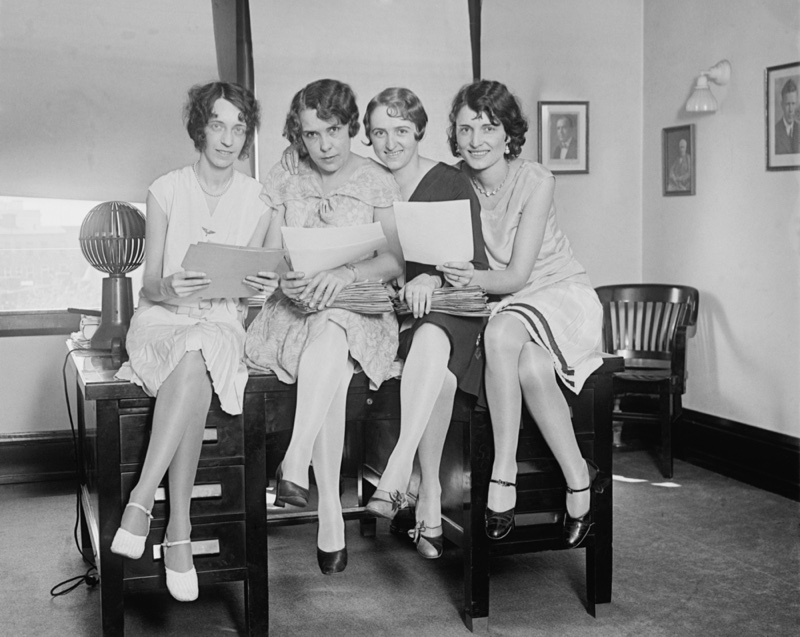
The heel of the 1920s stood at between two to three inches tall. Popular shoe styles of the time were all about straps since these heels would stay on while moving on the dance floor.
These included Mary Janes with ankle straps, T-straps featuring strips on the ankle and middle of the foot, and pumps with no straps.
For more casual wear, there were oxfords, canvas ballet flats, and saddle heels. Shoes were often paired with stockings as hemlines at the time were raised, showing more skin.
Beauty
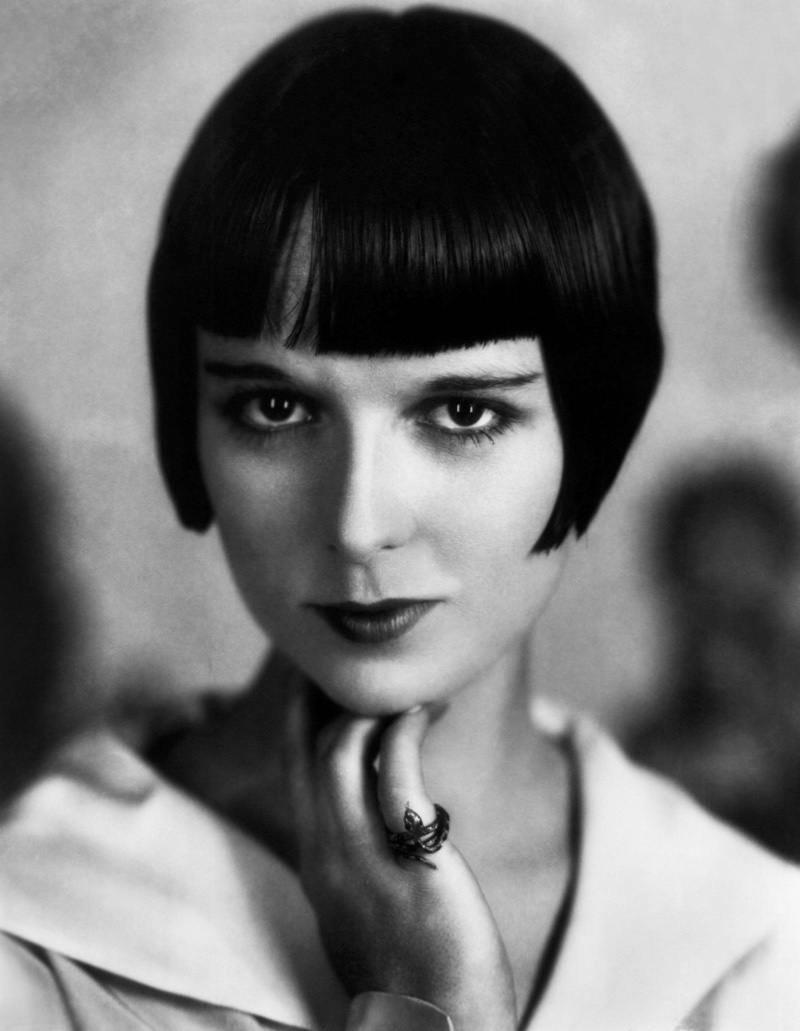
This decade also marked a bold departure from the past’s modesty. Women embraced the bob cut, a daring hairstyle symbolizing liberation and modernity. The style could be worn straight like the actress Louise Brooks. Or the hair would be often accompanied by finger or Marcel waves.
Makeup became a tool for self-expression, with heavily lined eyes, dark mascara, and smoky eyeshadows defining the look. Eyebrows were plucked thin and penciled in, creating a dramatic arch.
Lips were accentuated with deep reds and plums, often overdrawn to achieve the iconic Cupid’s bow look like actress Clara Bow.
Iconic Designers
Three visionary French designers, Coco Chanel, Jeanne Lanvin, and Jean Patou, redefined the fashion landscape of the 1920s. Their innovative designs transformed women’s attire and cemented Paris’ influence on global fashion trends.
Coco Chanel
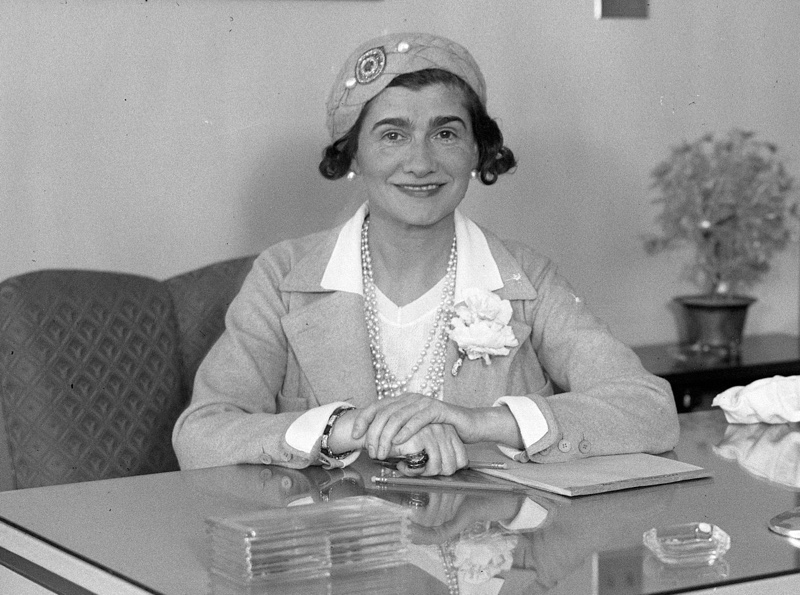
Coco Chanel revolutionized women’s fashion during this time, introducing the iconic little black dress and championing simplicity and elegance.
Her innovative use of jersey fabric challenged traditional norms, while the launch of Chanel No. 5 perfume set a new standard in the fragrance world. Chanel’s designs, characterized by clean lines and practicality left an indelible mark on the industry, still felt today.
Jeanne Lanvin
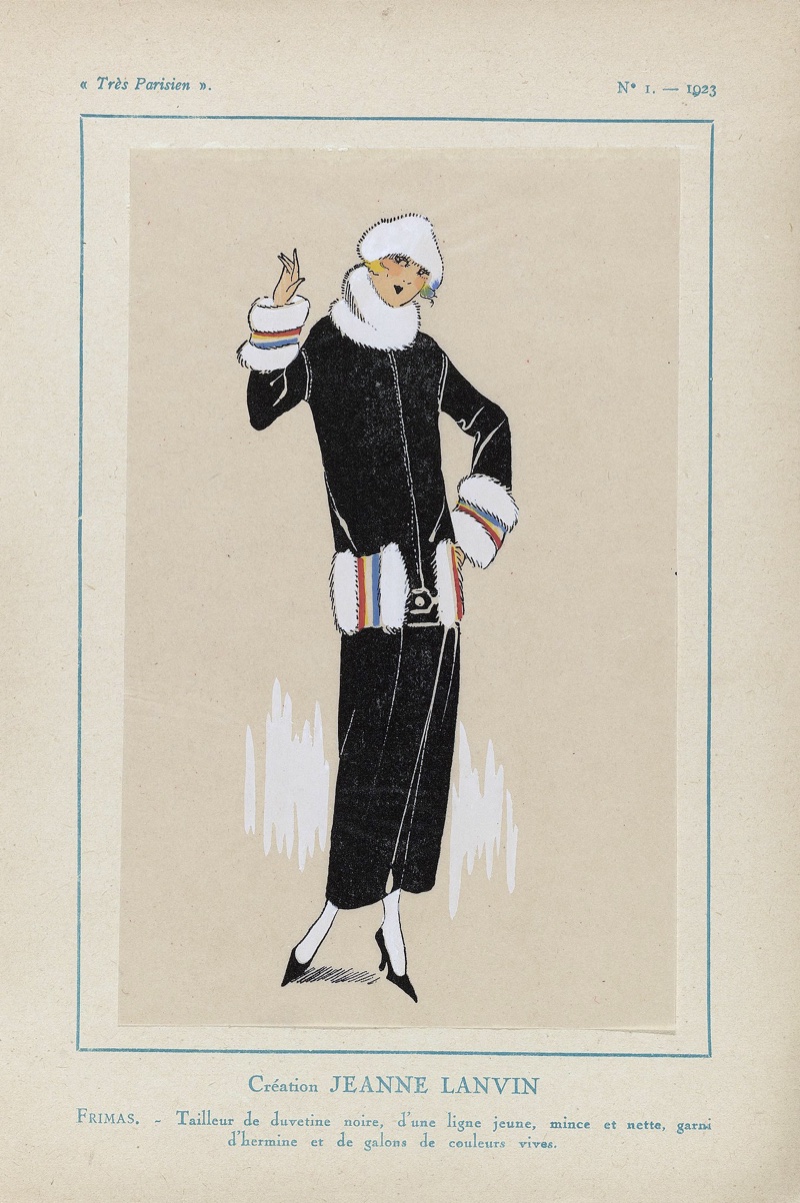
Jeanne Lanvin crafted garments that radiated romantic sophistication through intricate embroidery and vibrant colors. Her robe de style gained acclaim for its elegance, featuring a distinctive bell-shaped skirt celebrating the waist with a sleeveless design.
Lanvin’s expansion into menswear, perfumery, and interior design underscored her diverse talents.
Jean Patou
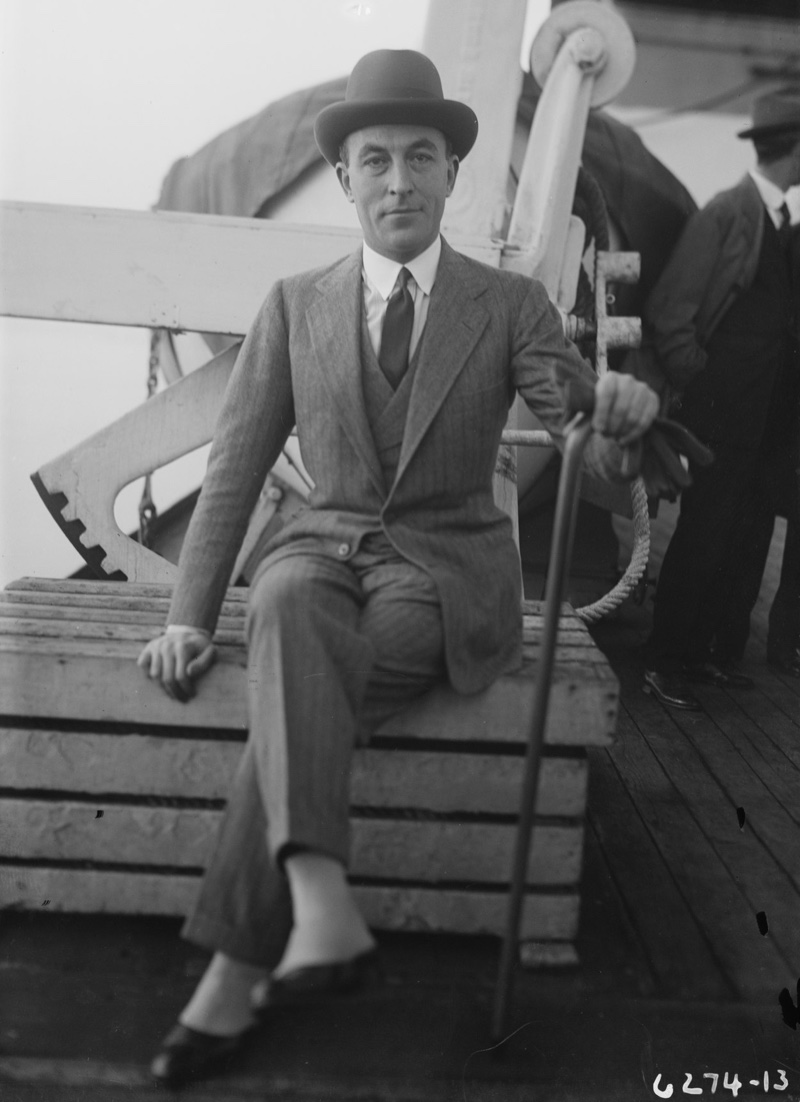
Jean Patou emerged as a key figure in fashion by integrating luxury with functionality, particularly in sportswear. He is credited with inventing the tennis skirt, popularizing the cardigan, and revolutionizing athletic attire with a chic twist. Patou’s designs catered to the active, modern woman.
Rise of Casual Wear & Sportswear
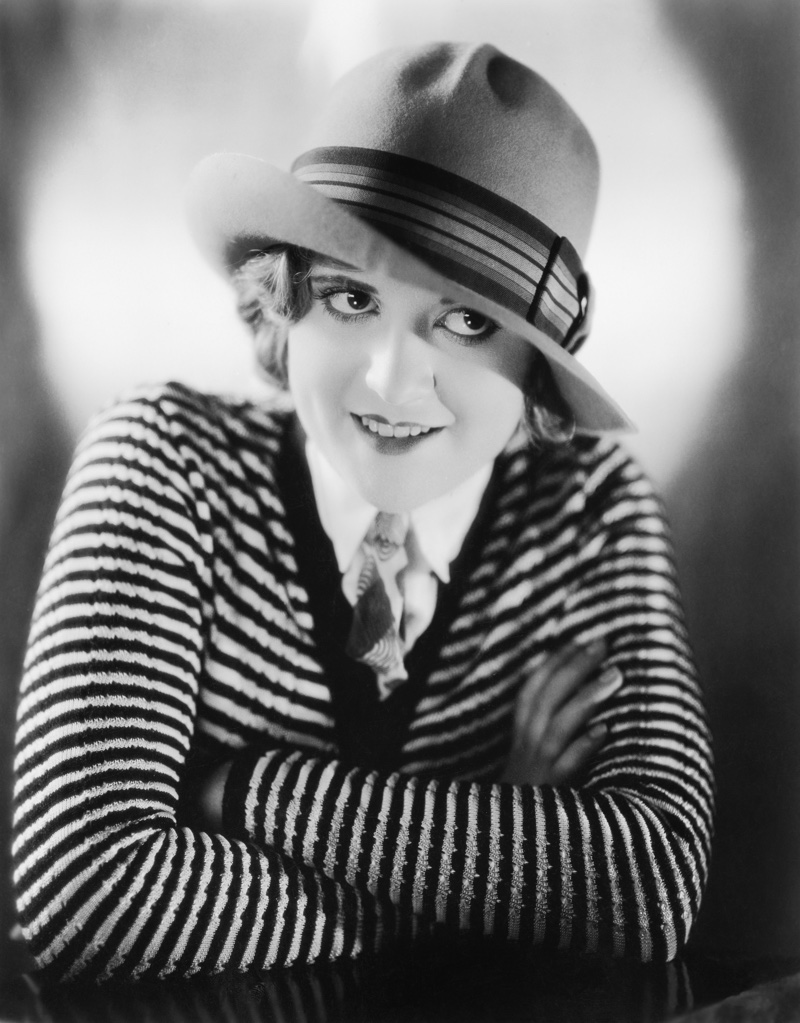
The 1920s introduced knitwear and sportswear as clothing staples of a more casual, relaxed style. Sweaters and cardigans transitioned from undergarments to outerwear, embodying the era’s sporty, boyish aesthetic.
Advances in yarn and weaving technologies enhanced knitwear’s softness and elasticity, offering a spectrum of colors that made everyday attire more comfortable and versatile.
This decade saw a significant move towards practicality, with lightweight, flexible fabrics enabling easy transitions through daily activities. The burgeoning enthusiasm for athletics further influenced fashion, as the popularity of sports like tennis demanded attire compatible with an active lifestyle.
Sweater vests, sport-inspired cardigans, blazers, pleated skirts, and plus-fours blurred the lines between athletic and day-to-day wear.
Art Deco Influence
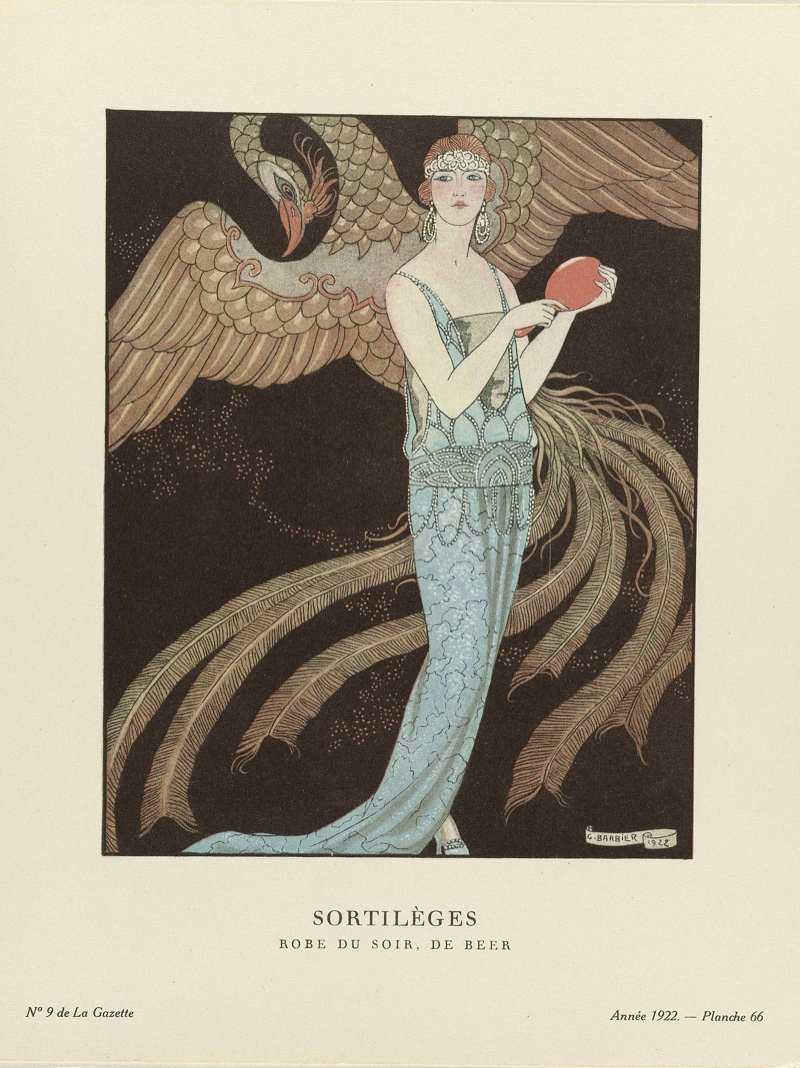
Fashion underwent a dramatic transformation under the spell of the Art Deco movement. This style, known for its geometric shapes, symmetry, and striking contrasts, brought a new level of sophistication and cutting-edge elegance to the fashion world.
Lavishly adorned with sequins and beads, flapper dresses showcased dazzling patterns that echoed Art Deco’s love for ornate detailing and visual drama. The influence extended to jewelry, where the movement’s signature aesthetic was evident in the streamlined, bold designs featuring exotic motifs.
1920s Fashion Today
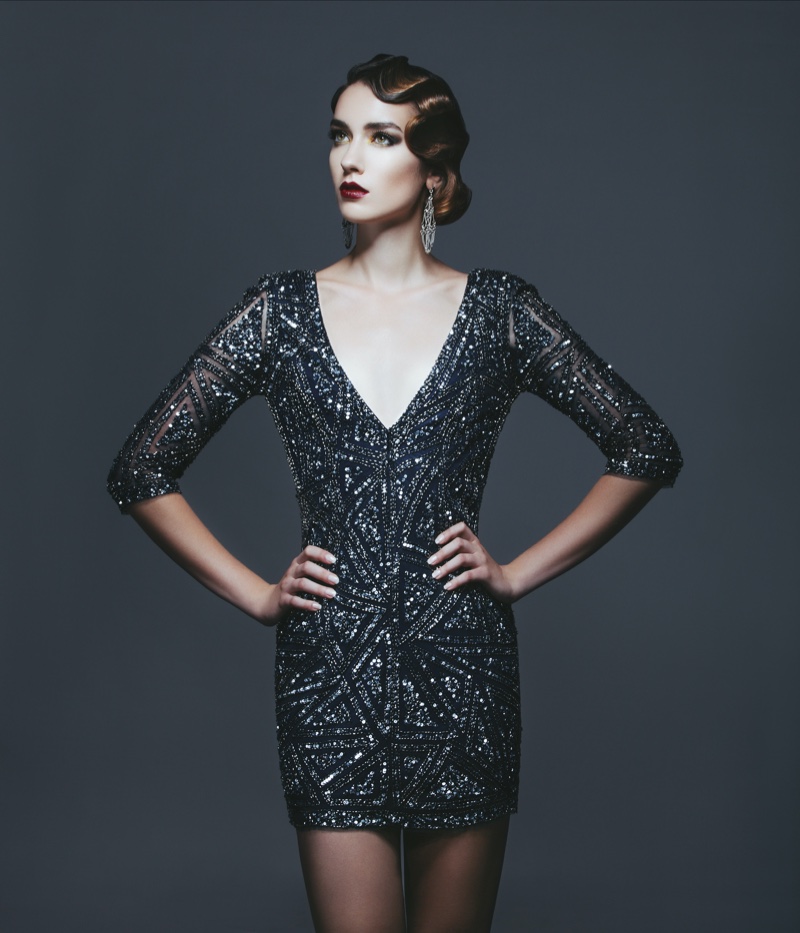
How can you apply 1920s fashion to a modern wardrobe? Start with the iconic flapper dress. Opt for knee-length, sequined, or fringed designs that are perfect for evening or cocktail attire.
A slip dress calls to mind the lace-adorned 1920s chemise. Incorporate the simplicity and comfort of retro casual wear by adopting loose, breathable blouses and pleated skirts for the daytime.
Modernize the bob haircut with soft waves or a sleek, asymmetrical cut to add a touch of the Roaring Twenties’ boldness to your look. For jewelry, think geometric shapes and bold lines for a hint of Art Deco chic.
The Roaring 20s Revisited
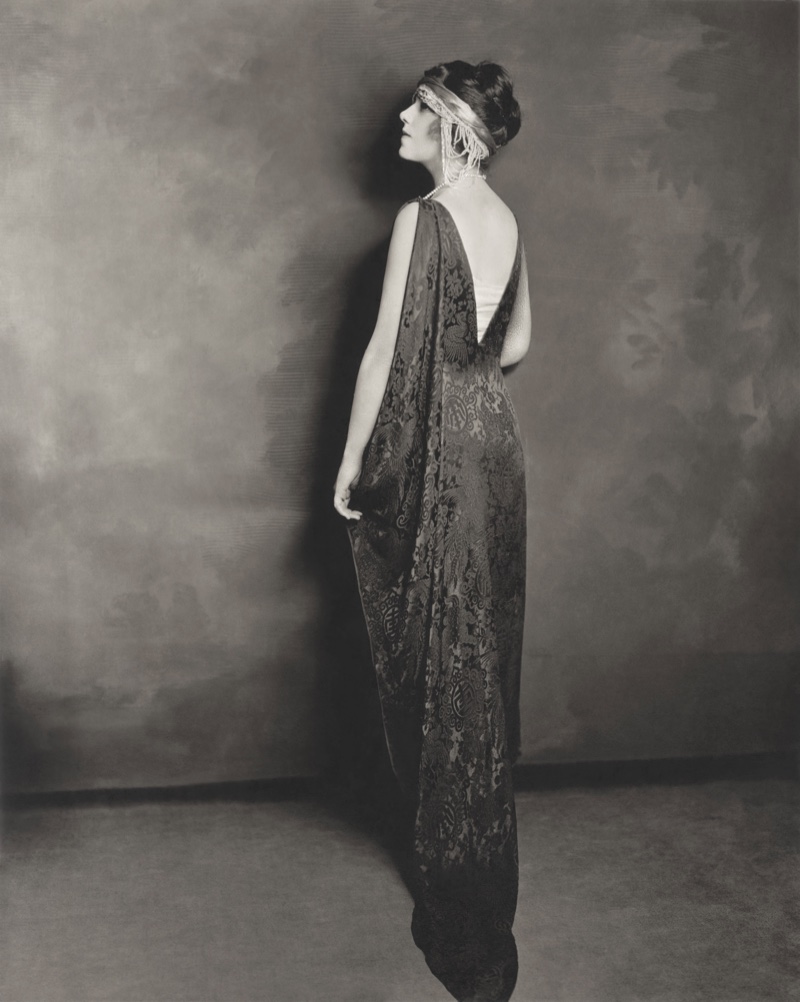
Looking back at the transformative 1920s in fashion, it’s clear this era was not just about bold fashion statements but about signaling a profound shift in societal norms and personal expression. The innovation in this decade led the way for 1930s trends.
This era of liberation and innovation in women’s fashion is a rich source of inspiration for those seeking to blend historical elegance with contemporary style. By doing so, you pay homage to the trailblazers of the past and have a unique look in the process.

